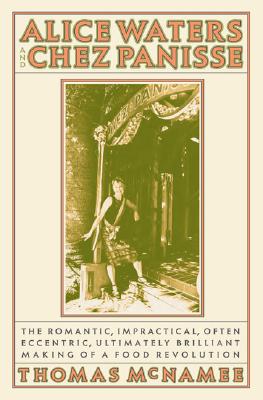
check out this creepy food animation. i found it a while back but was saving it for today.
here
ben k










|

| |
The report in the March issue of Cell Metabolism, a Cell Press publication, also suggests a way to prevent those ill effects.
The researchers showed that mice on a high-fructose diet were protected from insulin resistance when a gene known as transcriptional coactivator PPARg coactivator-1b (PGC-1b) was "knocked down" in the animals' liver and fat tissue. PGC-1b coactivates a number of transcription factors that control the activity of other genes, including one responsible for building fat in the liver.
"There has been a remarkable increase in consumption of high-fructose corn syrup," said Gerald Shulman of Yale University School of Medicine. "Fructose is...



 _______
_______
 ______
______ As an sometimes stifled designer who struggles to have good ideas, I often get extremely frustrated with the more outlandish concepts presented by the design world.
As an sometimes stifled designer who struggles to have good ideas, I often get extremely frustrated with the more outlandish concepts presented by the design world.






 In today's ted talk, Carolyn Steel describes in brief the history of the problem: how are cities fed?
In today's ted talk, Carolyn Steel describes in brief the history of the problem: how are cities fed?

 ___________
___________

 Last week we were talking about depicting the complexities of time in the ecological interactions of the African sycamore fig tree - its cast of characters changing with the ripening of the fruit.
Last week we were talking about depicting the complexities of time in the ecological interactions of the African sycamore fig tree - its cast of characters changing with the ripening of the fruit.